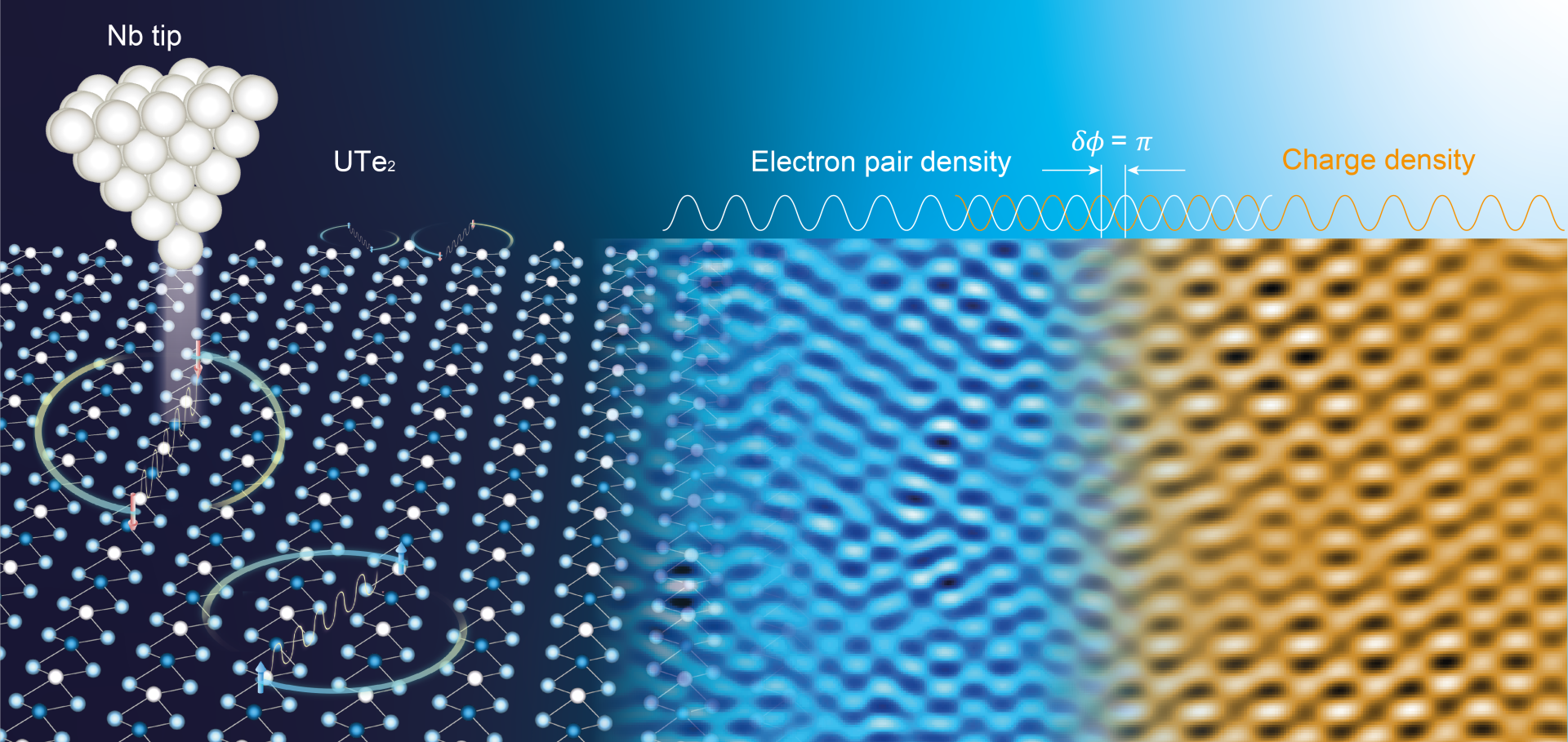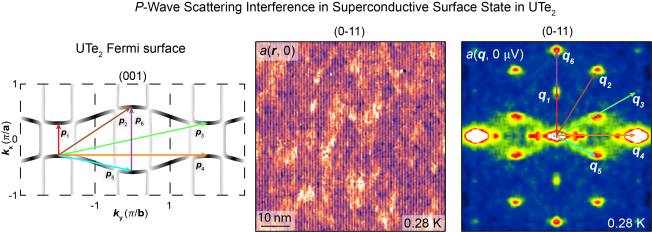Scattering Interference Signature of a Pair Density Wave State in the Cuprate Pseudogap Phase
ArXiv 2105.06518 (2021)
Atomic and electronic structure of an epitaxial Nb2O3 honeycomb monolayer on Au(111)
Physical Review B American Physical Society 100:12 (2019) 125408
Influence of the support on stabilizing local defects in strained monolayer oxide films
Nanoscale Royal Society of Chemistry 11 (2019) 2412-2422
Abstract:
Two-dimensional materials with a honeycomb lattice, such as graphene and hexagonal boron nitride, often contain local defects in which the hexagonal elements are replaced by four-, five-, seven-, and eight-membered rings. An example is the Stone-Wales (S-W) defect, where a bond rotation causes four hexagons to be transformed into a cluster of two pentagons and two heptagons. A further series of similar defects incorporating divacancies results in larger structures of non-hexagonal elements. In this paper, we use scanning tunneling microscopy (STM) and density functional theory (DFT) modeling to investigate the structure and energetics of S-W and divacancy defects in a honeycomb (2 × 2) Ti2O3 monolayer grown on an Au(111) substrate. The epitaxial rumpled Ti2O3 monolayer is pseudomorphic and in a state of elastic compression. As a consequence, divacancy defects, which induce tension in freestanding films, relieve the compression in the epitaxial Ti2O3 monolayer and therefore have significantly lower energies when compared with their freestanding counterparts. We find that at the divacancy defect sites there is a local reduction of the charge transfer between the film and the substrate, the rumpling is reduced, and the film has an increased separation from the substrate. Our results demonstrate the capacity of the substrate to significantly influence the energetics, and hence favor vacancy-type defects, in compressively strained 2D materials. This approach could be applied more broadly, for example to tensile monolayers, where vacancy-type defects would be rare and interstitial-type defects might be favored.Maximising the resolving power of the scanning tunneling microscope
Advanced Structural and Chemical Imaging SpringerOpen 4 (2018) 7
Abstract:
The usual way to present images from a scanning tunneling microscope (STM) is to take multiple images of the same area, to then manually select the one that appears to be of the highest quality, and then to discard the other almost identical images. This is in contrast to most other disciplines where the signal to noise ratio (SNR) of a data set is improved by taking repeated measurements and averaging them. Data averaging can be routinely performed for 1D spectra, where their alignment is straightforward. However, for serial-acquired 2D STM images the nature and variety of image distortions can severely complicate accurate registration. Here, we demonstrate how a significant improvement in the resolving power of the STM can be achieved through automated distortion correction and multi-frame averaging (MFA) and we demonstrate the broad utility of this approach with three examples. First, we show a sixfold enhancement of the SNR of the Si(111)-(7 × 7) reconstruction. Next, we demonstrate that images with sub-picometre height precision can be routinely obtained and show this for a monolayer of Ti2O3 on Au(111). Last, we demonstrate the automated classification of the two chiral variants of the surface unit cells of the (4 × 4) reconstructed SrTiO3(111) surface. Our new approach to STM imaging will allow a wealth of structural and electronic information from surfaces to be extracted that was previously buried in noise.Single-layer TiOx reconstructions on SrTiO3 (111): (√7 × √7)R19.1°, (√13 × √13)R13.9°, and related structures
Surface Science Elsevier 675 (2018) 36-41



